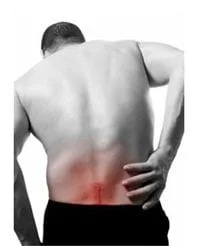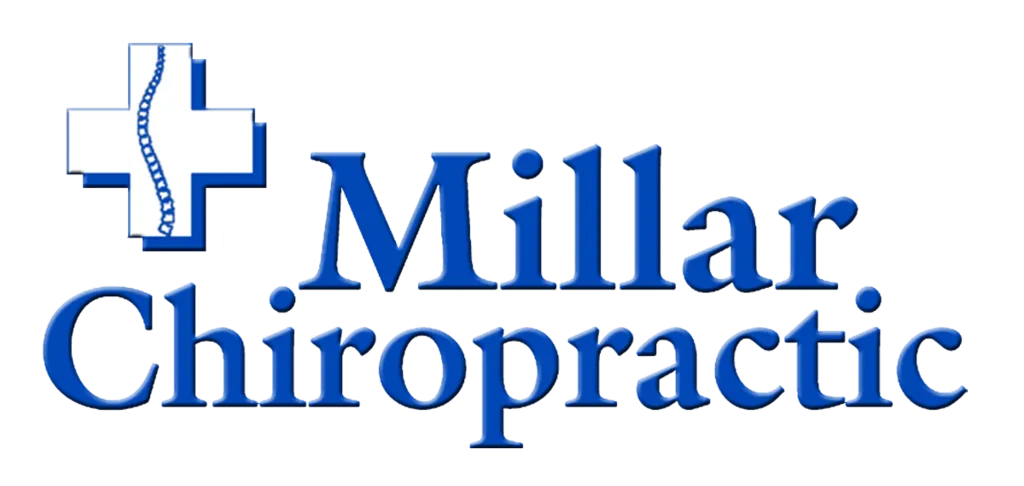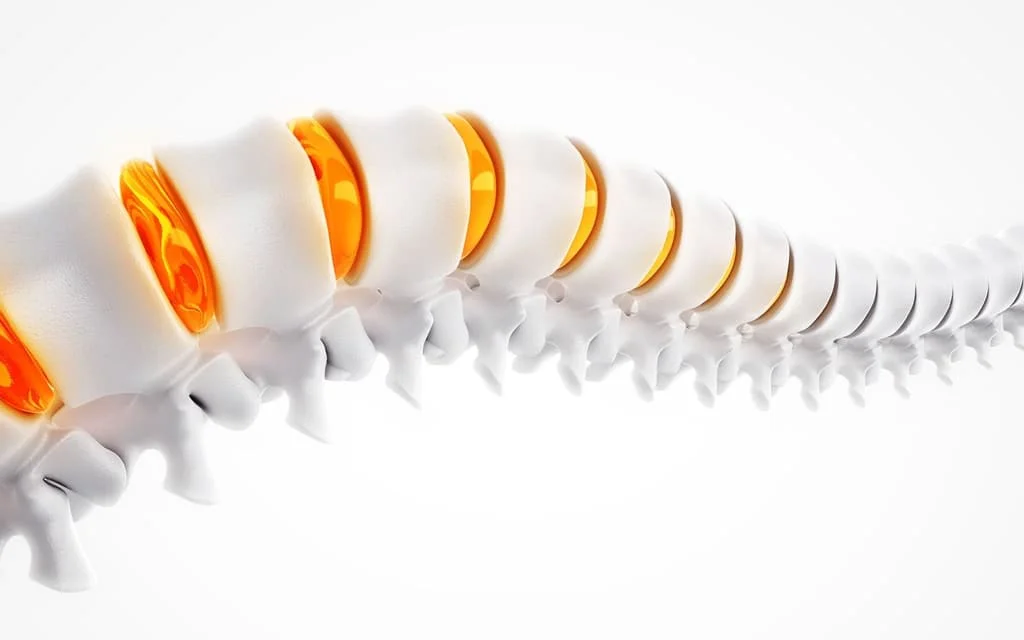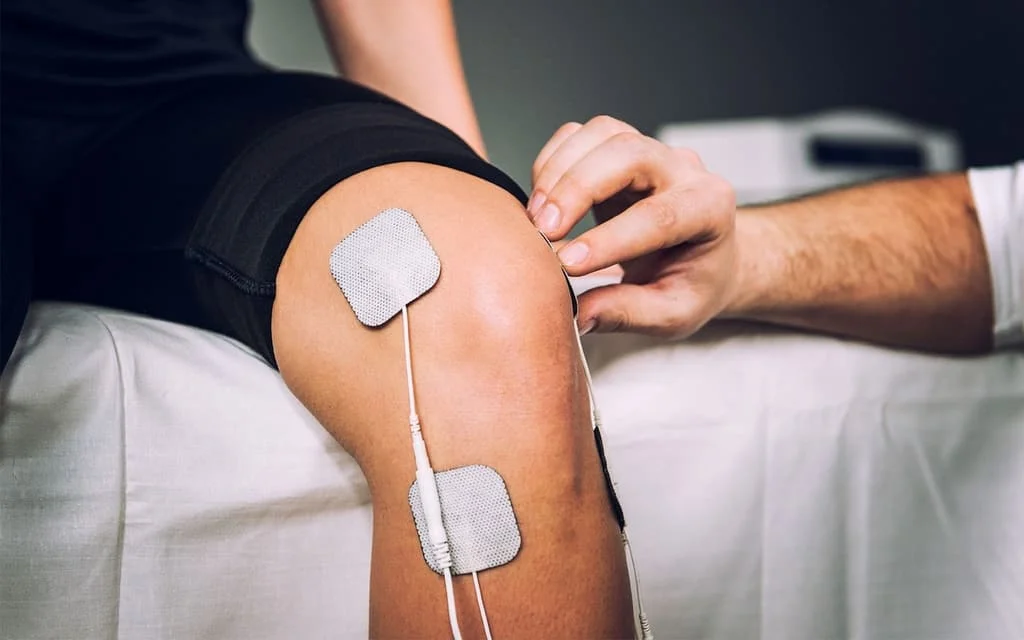Back Pain and Herniated Discs

|
| Back Pain and Leg Pain |
|
Often, when lower back pain is accompanied by radiating pain, the radiating pain only travels into the buttock and thigh, and doesn't travel below the knee. And, most commonly, this thigh pain is found in the back of the thigh, rather than in the front of the leg. Most of the time, this radiating pain does NOT come from a herniated disc, and does NOT mean the problem is sciatica (caused by an inflamed sciatic nerve, likely caused by a disc herniation). This type of pain that travels into the buttock and the back of the thigh is usually caused by mechanical changes in the sacroiliac joint and the spinal joints of the lower back. These mechanical changes relate to tight spinal muscles and inflamed spinal ligaments and tendons, with resulting loss of full mobility. The good news is such problems are treatable with chiropractic health care. The underlying problems are structural, related to the joints and surrounding soft tissues, and chiropractic treatment is designed to restore balance and function. Symptoms typically begin to improve quickly. In addition to treatment, your chiropractor will likely recommend stretches and exercises to help solve the problem and maintain physical health. |
A 35-year-old mom bends over to pick up her toddler and feels a sharp stabbing pain in her lower back. A 60-year-old man bends over to pick up his four-year-old grandchild and feels an
electrical shooting pain in his lower back. A 45 year old man tries to lift his lawnmower into his truck. For all, the pain is so severe they need to sit down or take a break. For some
they feel something tear or hear a pop.
Later that day or the next day, they all notice they not only have back pain but now have pain and numbness radiating down one leg to the calf or even to the foot and toes, And they are
having trouble walking. Their leg may start to feel weak.
What's going on, what happened, and what can be done about it? How do you STOP the Pain? Now
First of all, a little basic anatomy is useful. Spinal discs are weight-bearing shock absorbers. They contain a gel-like ball-bearing center (Nucleus Pulposus) , which is
surrounded by tough fibrous cartilage, arranged in concentric, criss-crossing circles
1 (Disc).
As a person gets older, the discs naturally lose some of their water content, and cracks and fissures naturally develop in the outer rings of fibrous cartilage. If a weight-bearing stress is
unusual and unexpected, the gel-like material in the center of the disc can push through one of the fissures and possibly irritate a spinal nerve.
If enough of this material pushes out or herniates, the nerve becomes compressed from either mechanical compression or chemical compression. At the same time the body releases a highly
inflammatory molecule (tumor necrosis factor TNF) and cause symptoms such as radiating pain and/or numbness, and possibly weakness, in one leg.
Typically, such pain and/or numbness radiates down the leg, below the knee and possibly into the foot. Such symptoms, with or without back pain, are highly suggestive of an inflamed
spinal nerve. In fact, the person will usually say the leg symptoms are much worse and of greater concern than the back pain that may be present.
If the MRI confirms the disc herniation and suggests an inflamed nerve, the diagnosis is complete. Right, well not so fast. Results of a study published in the March 14, 2014 New England
Journal of Medicine, according to Dr Kevin Klein, The problem isthat many people have herniated disc, often without any symptoms. Previous research has found that between 20
percent and 76 percent of people who don't have symptoms will show signs of disc herniation on an MRI, the study found. Klein stated, "Seeing a problem on an MRI doesn't
necessarily... confirm that that's where the pain is coming from," he said. "You can't treat the MRI. You have to treat the patient."
The only way to do that is with a thorough exam (not from across the room) with orthopedic and neurological test looking for neurological deficits, checking the muscles weakness and loss of
reflexes.
In the best scenario, conservative treatment may be sufficient and the nerve inflammation improves with time.2,3 Anti-inflammatory medication may be helpful. Chiropractic
conservative therapy may include physical therapeutic modalities and gentle trigger point therapy to relieve associated muscle spasms. At Millar Chiropractic, our doctors have years of
experience using
decompression traction to treat herniated and bulging discs.
A spinal surgeon should be consulted to provide an additional opinion and input. If pain is severe and there is neurologic loss, surgery may be the best option.
Of course, the best management, as always, is prevention. Pay attention to safe lifting procedures. Exercise regularly and get sufficient rest. Your chiropractor will be able to provide
guidance and recommend effective protocols to help you achieve and maintain good health and wellness.
1Postacchini F: Lumbar Disc Herniation. Springer, 2004, Chapter 2.
2Rothoerl RD, et al: When should conservative treatment for lumbar disc herniation be ceased and surgery considered? Neurosurg Rev 25(3):162-165, 2002.
3Lumbar Disc Herniation. New Engl J Med 347(21):1728-1729, 2002.






